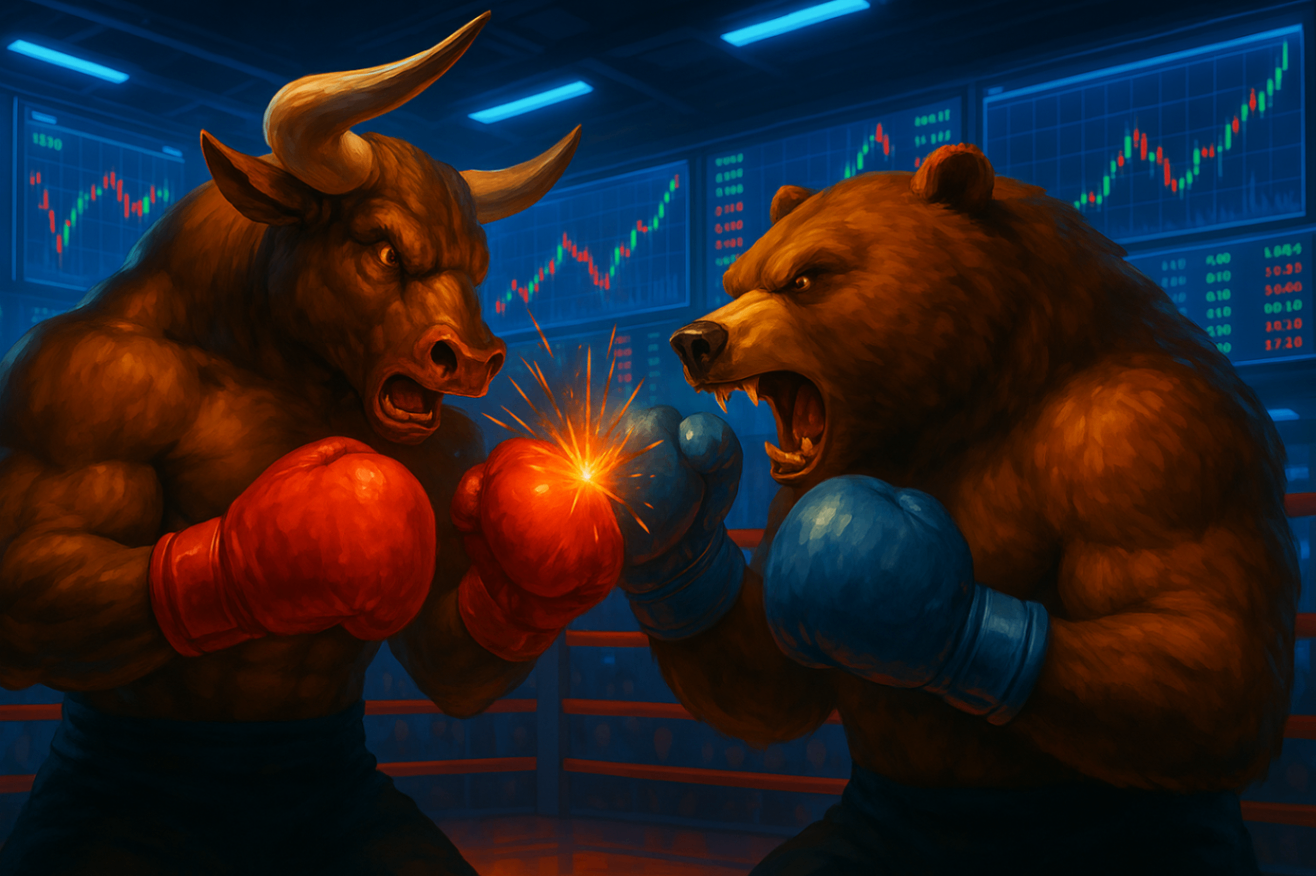[Intraday Analysis of U.S. Stocks] Technology stocks supported the market and led the four major indexes to high-end shocks (2025.08.29)
Technology stocks held up, led by the index;SNOW's better-than-expected earnings report led to a stronger cloud software, NVDA fell but semiconductors rose. The market focuses on PCE inflation and AI chain fundamentals, tariff impact and capital rotation.

Technology stocks supported the market, which led the four major indexes to undergo high-end shocks.
During the session, U.S. stocks were divided due to the intersection of AI-related financial reports and economic data. The Dow Jones Industrial Average was temporarily reported at 45,579.93, up 0.03%; the S & P 500 Index was temporarily reported at 6,496.15, up 0.23%; the Nasdaq Composite Index was temporarily reported at 21,702.10, up 0.52%; the Philadelphia Semiconductor Index was temporarily reported at 5,854.04, up 0.51%. Market risk sentiment is neutral, and funds focus on growth stocks and thematic targets driven by individual financial reports.
Funding rotates moderately between growth and defense.
Cloud and software performed strongly, putting pressure on necessary consumption and some medical equipment. MongoDB(MongoDB, MDB) rose 7.29% intraday, Datadog (DDOG) rose 6.45%, and AppLovin (APP) rose 5.23%. The trading volume of the above stocks increased significantly, reflecting the return of buying due to AI and data infrastructure demand. In contrast, defensive and medical-related stocks performed poorly, suppressing the performance of traditional large-cap stocks.
AI and cloud-driven financial reports continue to improve.
Snowflake(SNOW) announced that both revenue and profit were better than expectations and revised its full-year outlook. Benefiting from the expansion in the number of customers and cloud spending driven by AI workload, its stock price rose sharply during the session. The strong trend of the stock has further boosted the popularity of software and data platform stocks in the same group, and the market's assessment of the actual liquidity of enterprise-level AI has become more positive.
Huida fell back but the semiconductor index remained high.
Nvidia(NVDA) fell 0.91% intraday. Investors continued to digest their divergent interpretations of data center sales momentum after earnings reports. However, the company reiterated that strong demand for Blackwell generation GPUs limited the selling pressure on the chip chain. The Philadelphia Semiconductor Index still rose 0.51%, indicating that intra-ethnic rotation supports the market. Among the top seven U.S. stocks, Apple(Apple, AAPL) rose 1.12%, Meta Platforms(Facebook, META) rose 0.57%, Microsoft(Microsoft, MSFT) rose 0.44%, Alphabet (GOOGL) rose 2.18%, Amazon(Amazon, AMZN) rose 1.13%, and Tesla(TSLA) fell 1.62%. Equity stocks were generally more but their trends were divided.
The divergence between PC and retail chain news affects consumer-related stocks.
HP(Hewlett-Packard, HPQ)'s revenue exceeded expectations driven by demand for AI PCs and rose intraday, indicating that the PC replacement cycle continues to ferment with the support of AI functions. Best Buy(BBY) fell after warning that the impact of tariffs might depress performance, highlighting the short-term disruption of policy and tariff variables on the consumer electronics channel.
The downward revision of financial forecasts for essential consumption and medical equipment dragged down individual stocks.
Hormel Foods(HRL) revised its profit outlook due to rising raw material costs and its share price fell 13.37%. Cooper Companies(COO) cut revenue guidance due to weak demand for contact lenses, and shares fell 11.44%. The above news suppressed the performance of essential consumption and medical equipment stocks, indicating that terminal demand and cost pressures still need to be observed.
Scientific instruments and information security stocks have different trends.
Agilent Technologies(A) benefited from improved sales in its pharmaceutical, chemical and advanced materials divisions, and its outlook rose after the revision. In contrast, CrowdStrike (CRWD) weakened after the financial report sent a signal that corporate customers were more cautious in spending, and short-term shocks among the security community intensified.
Economic data shows resilience in growth and a solid labor market.
U.S. GDP growth in the second quarter was revised upwards to 3.3%, better than the previous valuation. The main reason was that the fall in imports offset the impact of earlier purchases in response to tariffs, and the decline in initial jobless claims showed that layoffs remained low. The market pays attention to the subsequently released PCE inflation data to judge the impact of inflation path and corporate pricing power on profits.
The controversy over the independence of the Federal Reserve has become the focus of market discussion.
Federal Reserve Governor Lisa Cook filed a lawsuit against President Trump to counter the recent resignation notice, a move that was seen as a major test of the central bank's independence. The news did not trigger a significant turning point in risk appetite, but it became the focus of intraday discussions, and the market still relied on economic and inflation data for the policy outlook.
Trends in bond markets and commodities show that risk sentiment is neutral.
U.S. ten-year Treasury yields fell slightly, and the U.S. dollar weakened against the euro, pound and yen, indicating that funds 'immediate pricing of the U.S. interest rate path is biased towards stability. Oil prices fell and gold prices rose, showing a moderate divergence between energy and safe-haven assets; most crypto assets fell, but Bitcoin rose against the trend, and overall risk appetite did not change significantly.
After-hours and follow-up focus returns to inflation and AI chain fundamentals.
In the short term, we will focus on the impact of PCE inflation readings on interest rate expectations and evaluations, while also tracking the order visibility of AI servers and AI PCs, corporate revisions to the impact of tariffs, and the continuity of cloud and security expenditures. Changes in trading volume and volatility remain key observation indicators for assessing capital risk-taking willingness.
Disclaimer: The views in this article are from the original Creator and do not represent the views or position of Hawk Insight. The content of the article is for reference, communication and learning only, and does not constitute investment advice. If it involves copyright issues, please contact us for deletion.